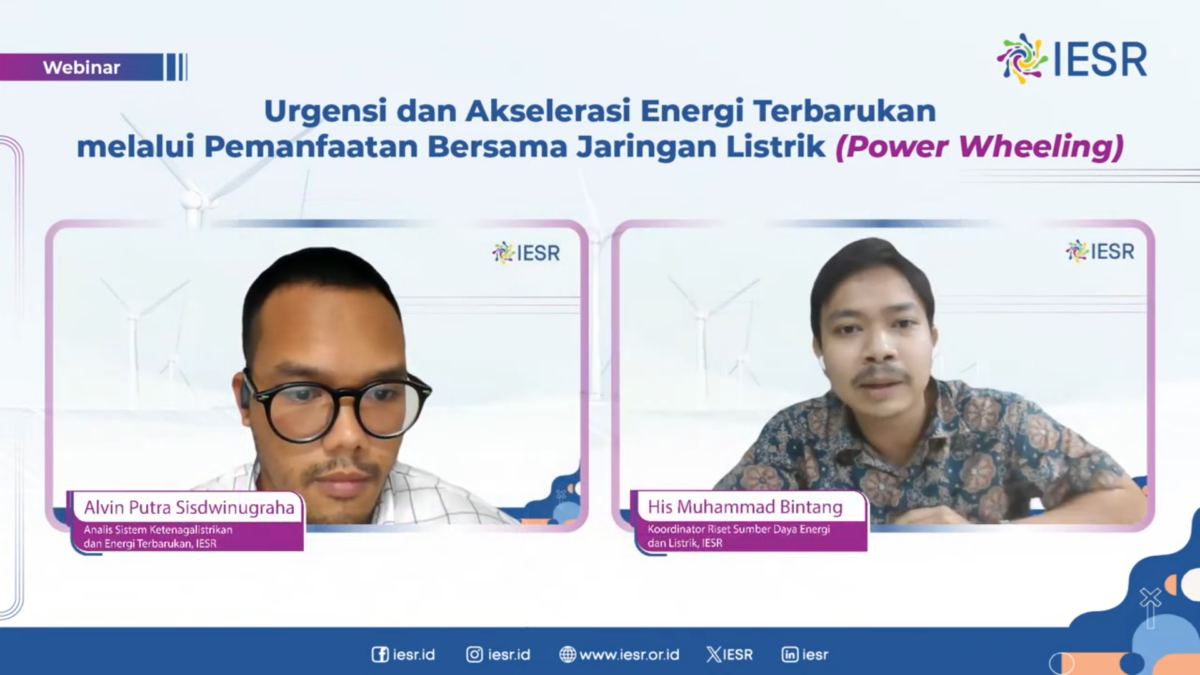
Expanding Access to Renewable Energy with Power Wheeling
Jakarta, September 25, 2024 – The demand for renewable energy electricity, especially from the industrial sector in Indonesia, is projected to increase. L... Read more.
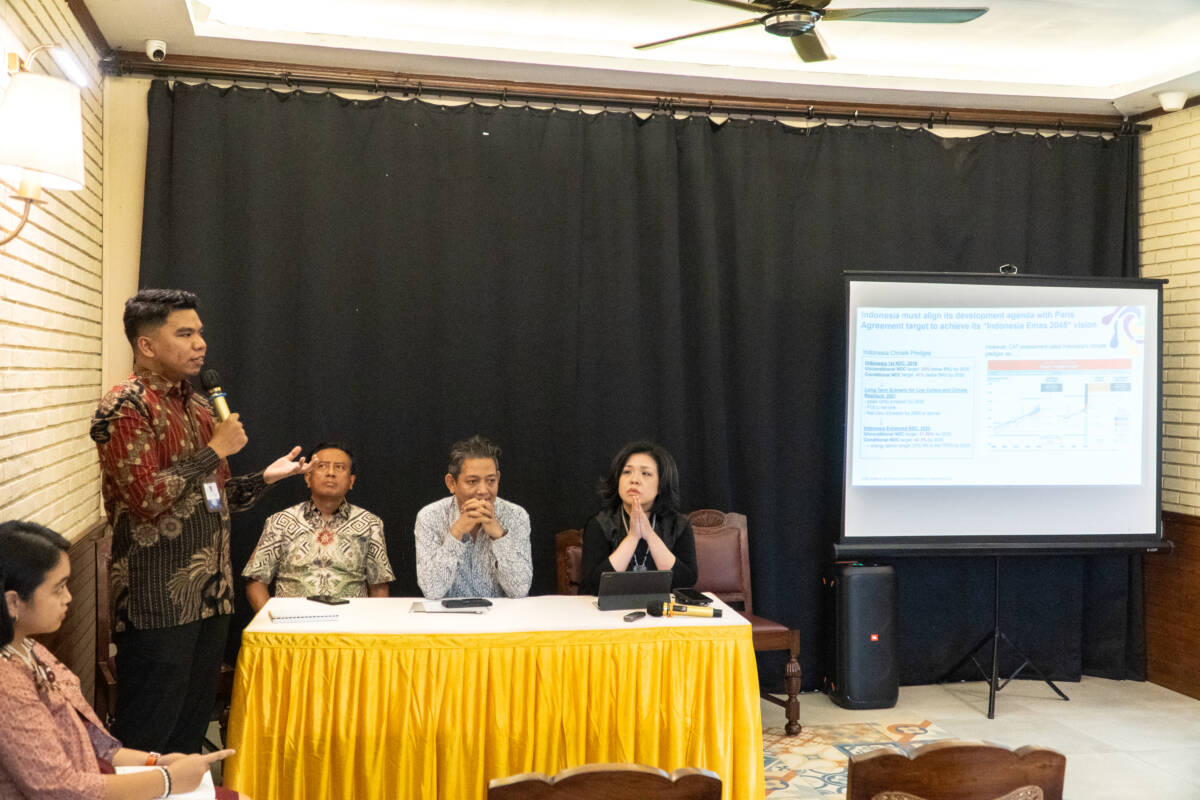
Assessing the Potential of Indonesia-China Cooperation
Jakarta, 24 September 2024 – Indonesia is in a situation of pursuing various energy transition targets, both those that have been planned and as a need to... Read more.
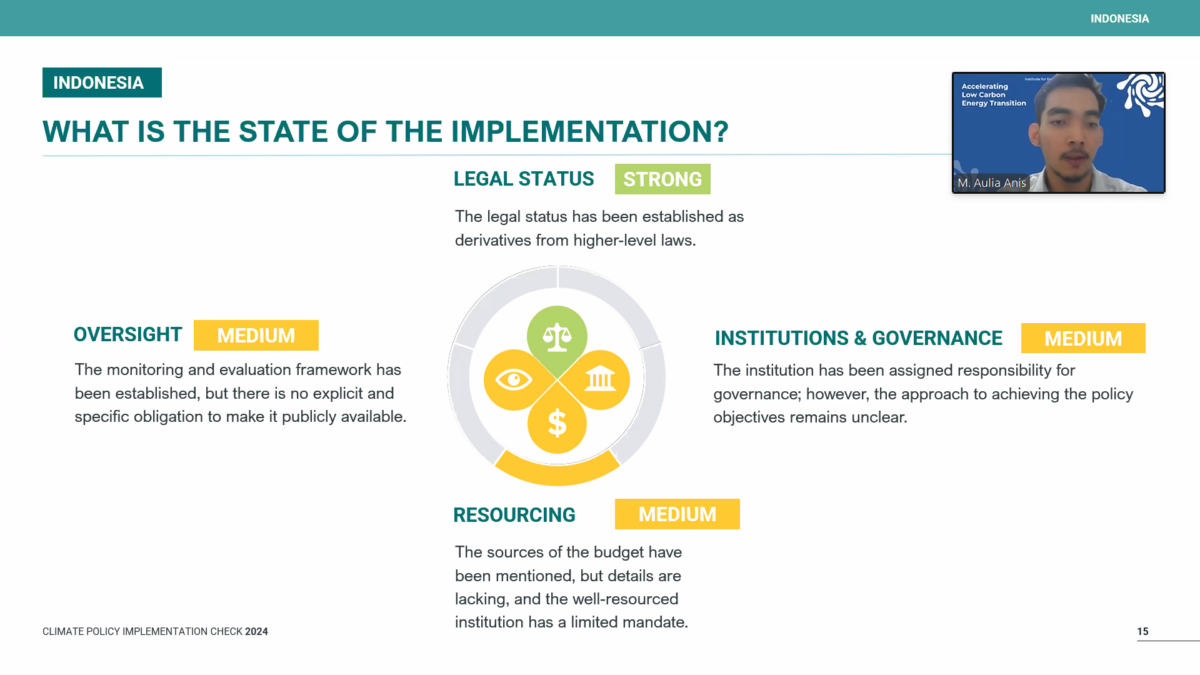
Measuring Indonesia’s Financial Policy Support for Energy Transition
New York, September 24, 2024 – The energy transition has become a crucial global agenda as an effort to mitigate climate change and prevent the world from... Read more.

ASEAN Readiness to Welcome the Energy Transition Era
Jakarta, September 18, 2024 – ASEAN is a forum for inter-governmental cooperation that carries various priority issues. In Laos’ chairmanship in 202... Read more.
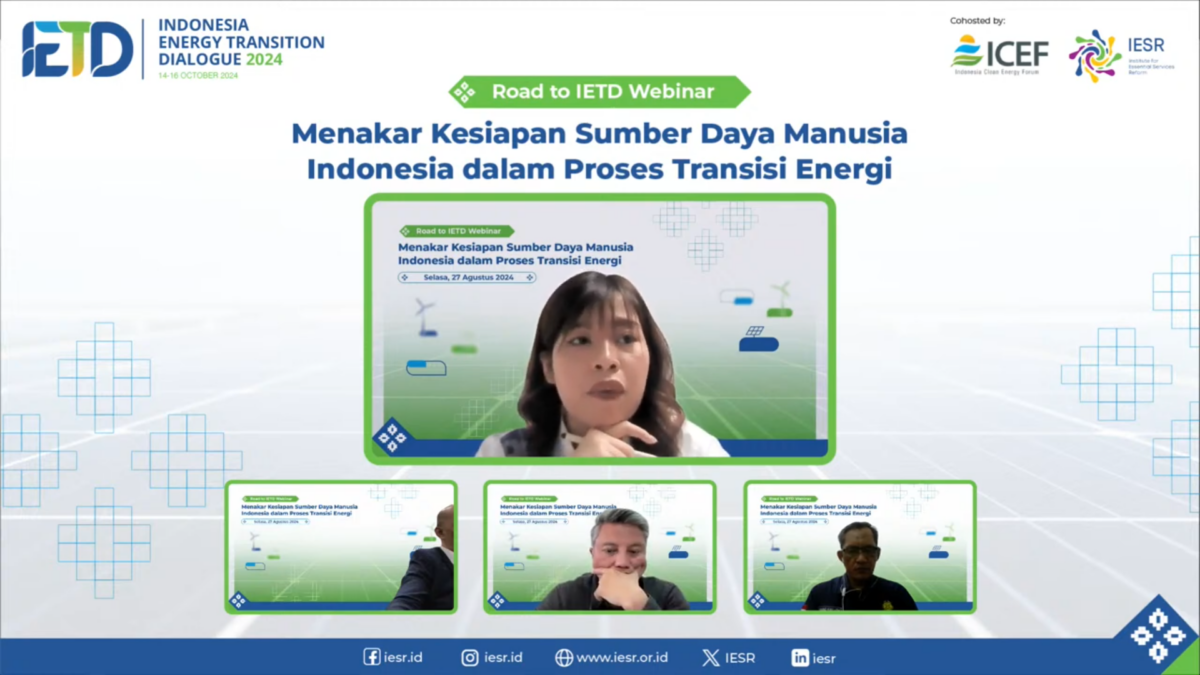
Ensuring the Readiness of Indonesian Human Resources in the Energy Transition Era
Jakarta, August 27, 2024 – In addition to the massive transformation of the energy system, the energy transition will bring changes to the economic system... Read more.
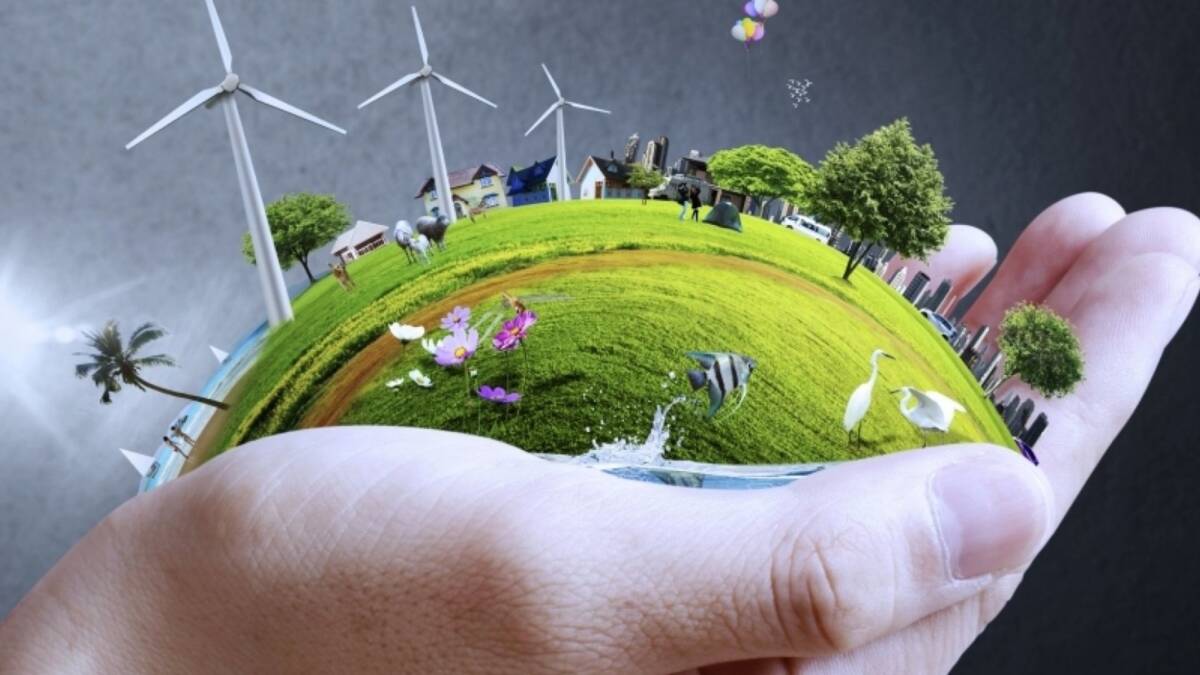
Democratizing Energy: Breaking the perpetual reliance on fossil giants
It was raining hard in the Cisarua river bank, deep in the Sukabumi Regency, Banten, as we stopped to shelter ourselves in the Ciganas microhydro plant’s slig... Read more.

Filling Independence with GEN-B
Bogor, August 17, 2024 – In 2024, Indonesia will be 79 years old. Throughout that age, Indonesia has experienced various situations and even crises. In pr... Read more.
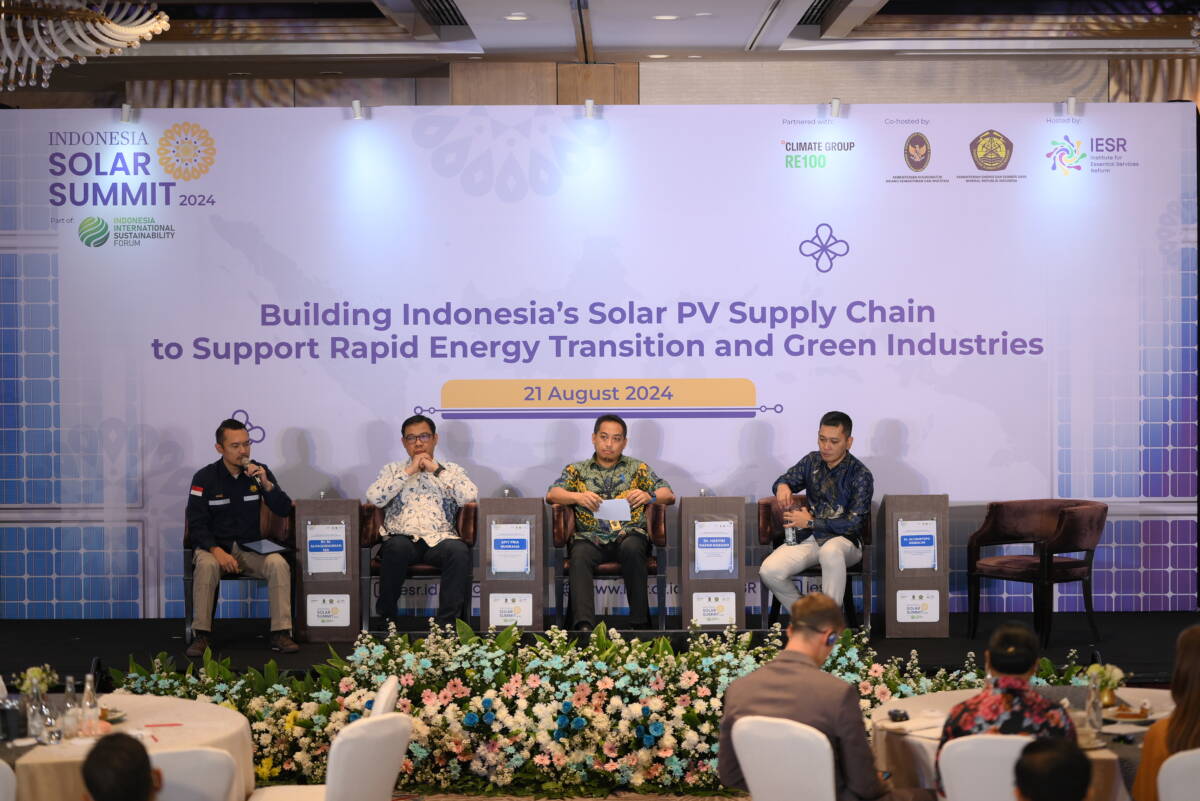
Viewing the Government’s Plan Showcase for the Renewable Energy Industry
Jakarta, August 21st 2024 – The government has a major role in designing the renewable energy industry in Indonesia. A supportive policy framework will su... Read more.
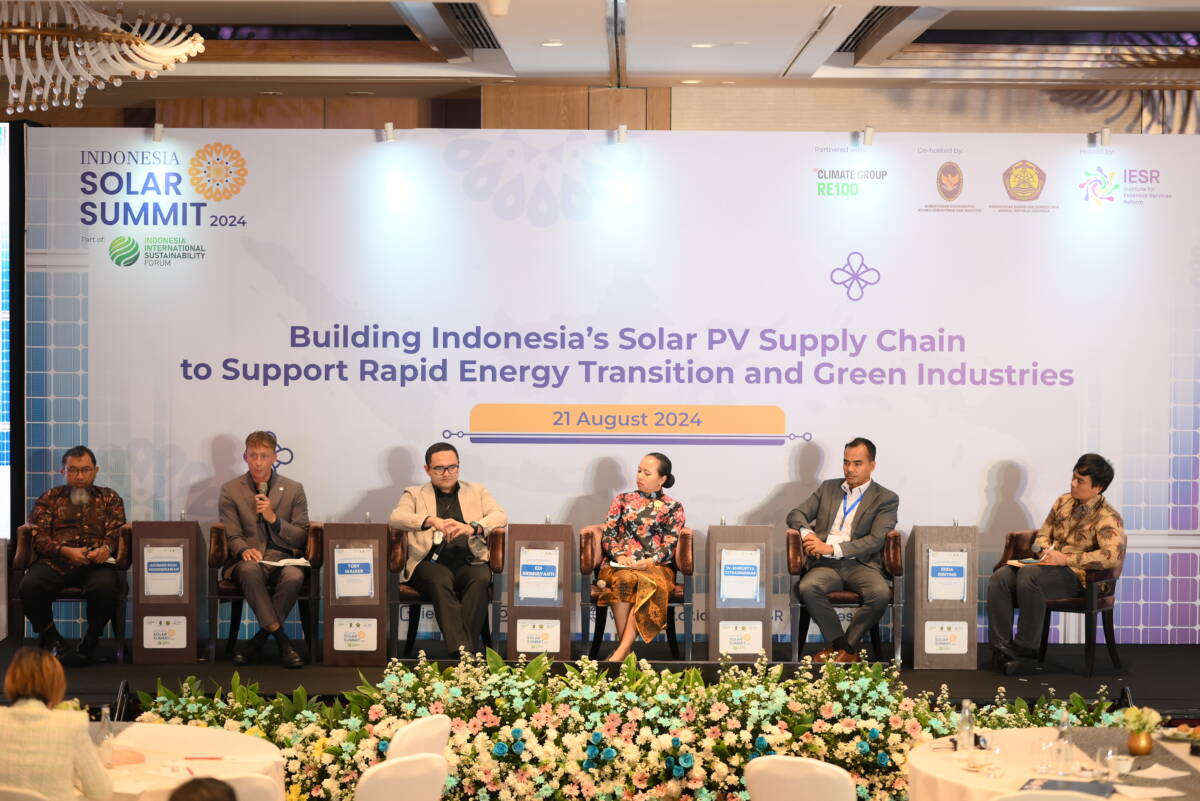
Industrial Customer Absorption Capacity for Domestic Solar Power Plants
Jakarta, August 21, 2024 – The existence of businesses and industries committed to using renewable energy can be a prime mover for the adoption of domesti... Read more.
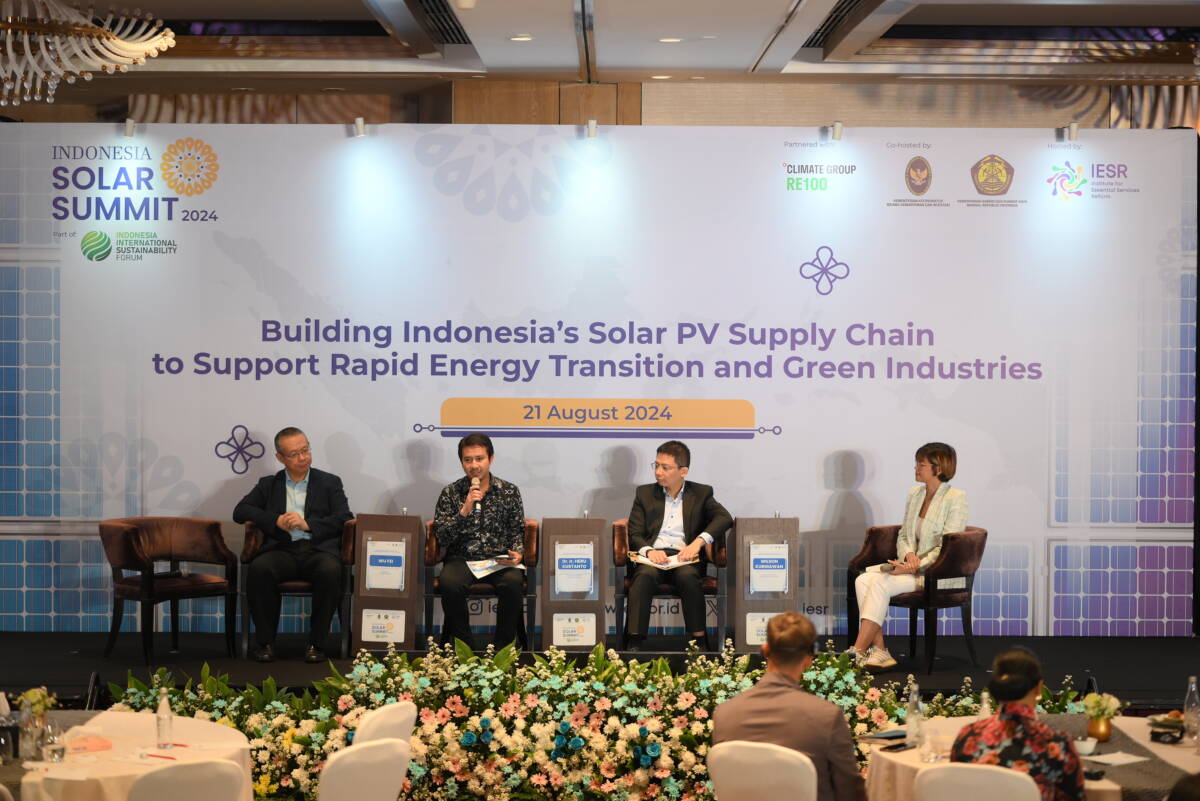
Increasing Demand to Support the Growth of the Solar Industry
Jakarta, August 21st 2024 – The solar power industry in Indonesia still faces a number of challenges, including low demand and lack of investment. The nee... Read more.
